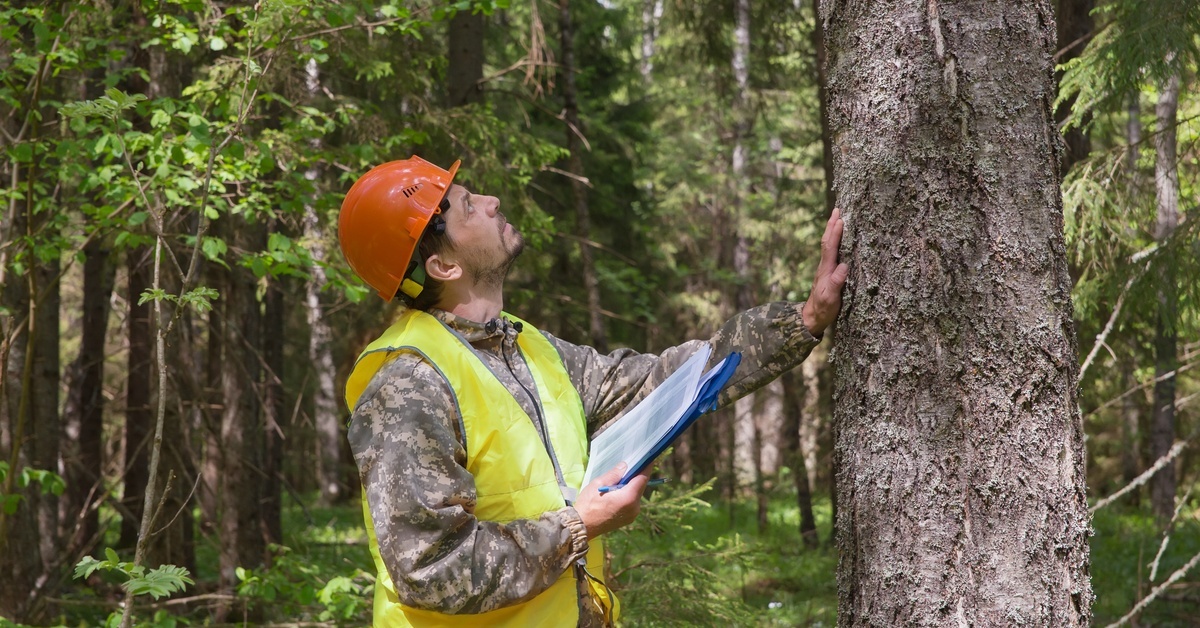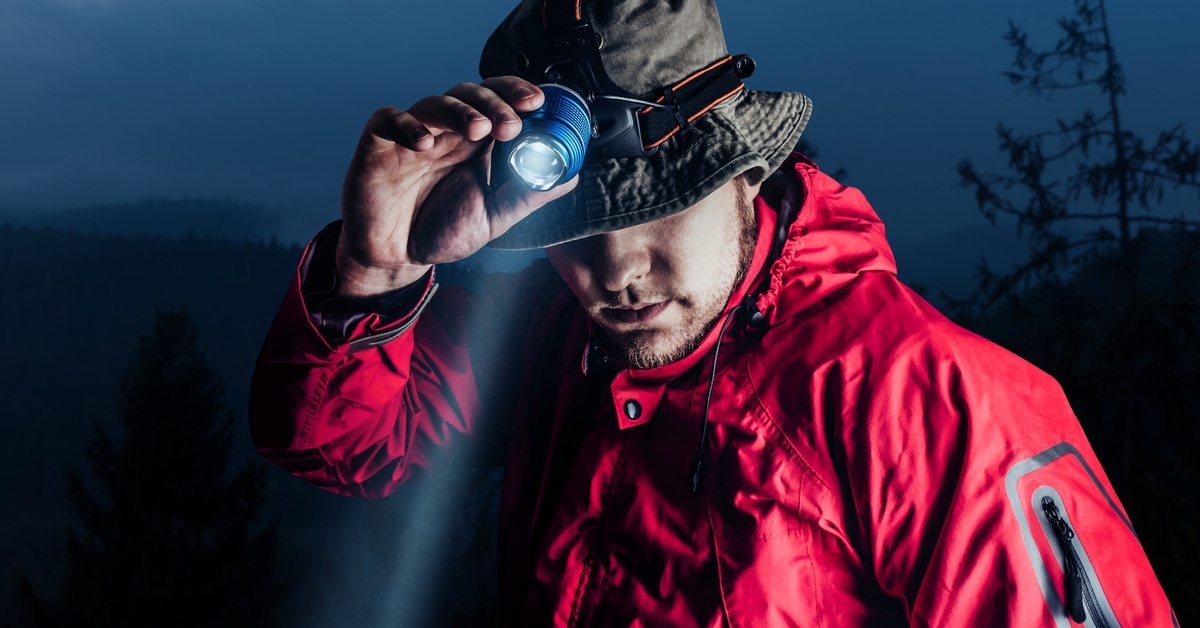Working in low-light conditions can feel like tackling a tough puzzle with missing pieces. Rigging tasks already demand precision, and adding low visibility to the mix creates a whole new level of challenges. Poor lighting can make it harder to spot hazards, communicate effectively, or even perform basic tasks safely.
But the good news is that there are practical steps you can take to adapt and stay safe. Whether you’re part of a team or working solo, preparation, the right tools, and clear strategies will help you along the way. Let’s explore everything you need to know to maintain proper safety while rigging in low light. You’ll find advice on assessing risks, choosing the right equipment, enhancing teamwork, and staying prepared for unexpected situations.
By the time you finish reading, you’ll have a solid game plan to handle the demands of low-light rigging with confidence. Safety isn’t just another item on the to-do list—it’s the foundation for a successful operation.
Understanding Low-Light Hazards in Rigging
Visibility Challenges
Low lighting can make even simple rigging tasks feel risky. Hazards like uneven surfaces or frayed equipment become easy to miss, increasing the chance of accidents. Imagine failing to notice an improperly secured line or stumbling over a stray tool hidden in shadows.
Reduced visibility also impacts depth perception and precision, which can make something like guiding a load to its destination far more complicated. For example, a minor misjudgment by a crane operator could cause misalignment, delaying work or creating hazards.
Combat these challenges by incorporating effective lighting solutions like portable towers or work headlamps. Taking time to scan the area for hidden risks before starting work further minimizes surprises and keeps your team safer.
Increased Risk of Accidents
Low-light conditions tend to amplify workplace risks. Hidden tripping hazards, missteps, and poorly timed communication are common causes of incidents in dim environments. Accidents are significantly more frequent in areas with poor lighting, partly due to delayed reaction times.
When communication breaks down, problems multiply. Teams operating with unclear signals or commands may accidentally compromise equipment integrity or worker safety. Focus on high-visibility safety gear and reliable communication tools to drastically reduce these risks. For example, reflective PPE makes team members easier to spot, even from a distance, while two-way radios keep instructions clear and timely.
Fatigue and Limited Awareness
Working in low light requires extended mental effort. Your eyes strain harder, leading to quicker fatigue. This exhaustion can slow reaction times and reduce focus, which increases the likelihood of mistakes. Handling precise tasks, like securing load connections, becomes more difficult when your energy wanes.
Team-based strategies can help mitigate fatigue. Rotating responsibilities and encouraging regular, brief breaks improve focus and prevent burnout. A collaborative environment ensures someone is always sharp enough to spot potential dangers others might miss.

Preparing for Safe Rigging in Low Light
Pre-Shift Safety Assessments
Survey the worksite for lighting, uneven terrain, cluttered spaces, and any signs of malfunctioning equipment. These checks eliminate unpleasant surprises and give teams the confidence to work efficiently.
Use a checklist to stay systematic, asking the following questions:
- Are critical areas well-lit?
- Is gear properly stored and inspected?
- Are communication devices working and accessible?
Engage the entire crew during this process to make the review more comprehensive. Different perspectives catch details one person might overlook, ensuring no stone is left unturned before work begins.
The Value of Proper Training
Training prepares workers to address the unique risks low-light conditions present. This includes adjusting to low-visibility environments and mastering skills like hand signals or interpreting verbal commands across distances.
Advanced programs that simulate dim settings help crews adapt faster and build confidence. These courses also teach strategies for managing communication breakdowns or spotting risks outside normal sightlines.
Using Essential Equipment for Low-Light Rigging Safety
Lighting Solutions
Portable light towers and headlamps are lifesavers in dim conditions. These tools illuminate work areas effectively, which improves visibility and safety. Floodlights, when strategically angled, can minimize shadow-heavy zones that often hide dangers.
Test lighting gear before every shift to confirm everything is operational. Combine various light sources to promote coverage across small, focused tasks and broad job zones.
Safety Gear With Enhanced Visibility
Reflective clothing and helmets with built-in LED features make workers easier to identify in low-light conditions. Brightly designed PPE plays a leading role in preventing accidents caused by unnoticed movements or missteps.
Go beyond basic gear by exploring advanced options. Many safety brands now offer vests and gloves equipped with embedded lights or high-quality reflective materials. These upgrades significantly reduce risks, especially in busier work zones.
Communication Devices
Two-way radios, LED signaling wands, and light boards ensure constant contact and help bridge gaps when verbal commands may not be heard.
Before work begins, test every tool to guarantee efficiency. Keep backup batteries handy and practice switching to alternative systems, like visual signals, in case of failures.

Implementing Strategies for Safe Teamwork in Low Light
Establishing Clear Roles
Designate team members for specific duties like guiding signals, spotting obstacles, or supervising movements. Spotters, for instance, enhance safety by identifying hidden hazards or monitoring rig load paths.
Well-defined responsibilities prevent confusion and enhance trust within teams. Workers stay focused on their tasks, knowing others are managing complementary elements of the operation.
Using Clear and Consistent Communication
Effective communication is the backbone of successful teamwork, especially in dim settings. Developing shared protocols for verbal commands, hand signals, and emergency alerts reduces miscommunication. Regular mid-shift check-ins allow teams to evaluate progress and share potential concerns.
Considering Emergency Preparedness and Response
Worst-Case Scenario Preparation
Emergency preparation means keeping first aid kits, portable lighting backups, and rescue tools readily available. Familiarize your teams with evacuation routes or recovery procedures to promote calm and quick action during chaotic events. Practice drills and regular reviews improve efficiency in crises.
Post-Incident Reviews and Learning From Mistakes
After an incident, gather the team to dissect what went wrong. Evaluate the cause, discuss what worked well, and identify steps for improvement. These reviews turn challenges into teachable moments, so future operations benefit from lessons learned.
In Conclusion
Rigging in low-light conditions is all about how you prepare, collaborate, and adapt along the way. Each effort, from choosing the right gear to refining communication, plays a part in keeping everyone safe and the operation running smoothly. To maintain proper safety while rigging in low light, stay proactive, think critically, and trust in the teamwork that holds everything together.
Consider what steps you can implement right now to enhance safety. Maybe it’s revisiting protocols, investing in more reliable lighting, or simply talking with your team about what’s working and what isn’t. Every improvement, no matter how small, strengthens your ability to succeed in challenging environments.
Rigging should never feel like guesswork, even in the toughest conditions. Keep pushing for better solutions, sharper skills, and an approach to safety that gets stronger with every project.

